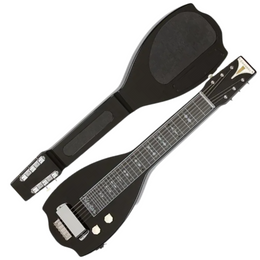

For information on the serial numbers of these instruments, you should refer to the support page on Gibson’s website. There are even more differences when it comes to Gibson’s Custom range, their dobros, and their banjos. The nuances in Gibson’s serial numbers don’t stop there.

Checking the serial number is the best way of validating a guitar. They have a great insight into the sorts of materials authentic guitar makers used as opposed to the more inexpensive imitation parts and materials used by counterfeiters.įortunately, in this day and age, you can quickly and easily look up your guitar’s serial number online, provided it has one. Reputable guitar luthiers and deals are also a great resource if you want to learn more about the intricacies of vintage guitars. There is a wealth of information available online about certain details about specific guitars, such as the building practices of the luthiers, and what years major changes happened in the materials used or building processes.Īnother important thing to bear in mind is the differences in the real, authentic materials and their cheap substitutes that are commonly used in counterfeit guitars. Having said this, there are a lot worse guitars out there, and as well as being historically important, the 1820 bass can certainly provide the goods when required.The key to being able to spot a fake guitar is to know and understand what the real thing should look like. Over the course of the 70s, the Japanese output improved dramatically, and in many ways these early 70s models are a low point for the brand. These new Epiphones were based on existing Matsumoku guitars, sharing body shapes, and hardware, but the Epiphone line was somewhat upgraded, with inlaid logos and a 2x2 peghead configuration. The Matsumoku factory had been producing guitars for export for some time, but the 1820 bass (alongside a number of guitar models and the 5120 electric acoustic bass) were the first Epiphone models to be made there. By the end of the 1960s, a decision had been made to move Epiphone guitar production from the USA (at the Kalamazoo plant where Gibson guitars were made), to Matsumoto in Japan, creating a line of guitars and basses significantly less expensive than the USA-built models (actually less than half the price).


 0 kommentar(er)
0 kommentar(er)
